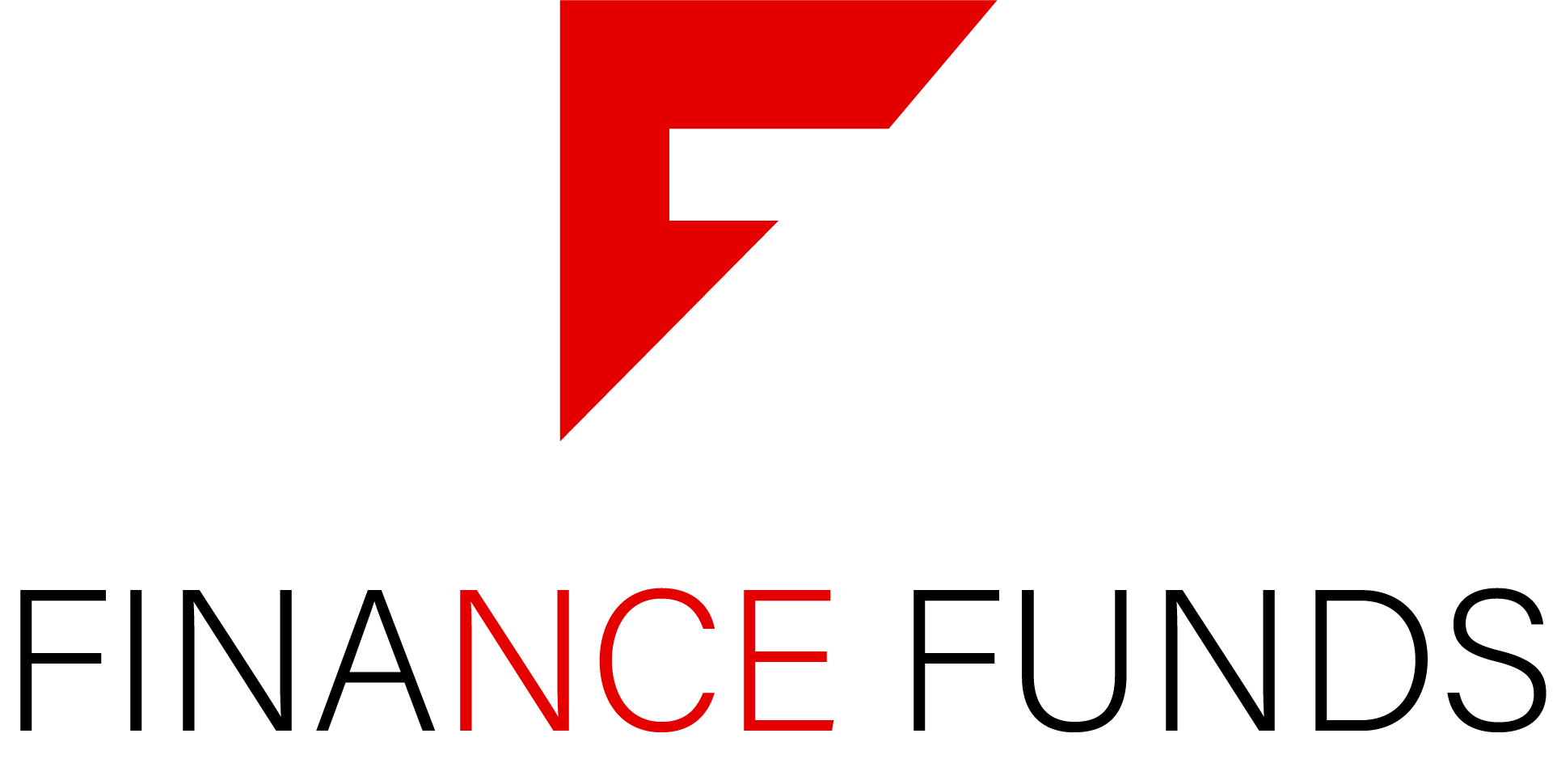Using a Goldman Sacks 2003 research paper “Dreaming with BRICs: the Path to 2050″ as a primary source, on July 3, I penned an article “Investing: How to Make Money on the Industrialization of Brazil, Russia, India and China.” It espoused why Brazil, Russia, India and China (aka BRIC) will rank among the world’s most dominant economies by mid-Century. As these countries industrialize, a tremendous demand for necessities of industrial life such as housing with indoor plumbing, electricity, basic appliances and cars will be created.
To capitalize on this trend, I suggested a direct and indirect investment approach. How did these approaches pan out? If you have been following the “Week in Review” articles – you know that both methods had phenomenal years. If you purchased both portfolios at the open on the morning after I published the article – you have been rewarded with gains of 21.83% (direct) and 8.35% (indirect) versus 10.93% for the S&P 500. For the year, the direct and indirect methods returned 49.2% and 41.2% respectively.
To review the approaches – the direct approach is composed of an equal-weighted basket of Exchange Traded Funds (ETFs) representing each of the four countries: Brazil (EWZ), Russia (TRF), India (IFN) and China (FXI).
The indirect method (also known as the Big-Build Out portfolio) consists of companies that provide commodities essential to industrialization such as copper, aluminum and zinc. It contains proven industry mining leaders such as: diversified producers – BHP Billiton (BHP), Falconbridge (FAL), Rio Tinto (RTP); aluminum producer Alcan (AL); copper producers – Freeport-McMoran (FCX), Southern Copper (PCU), Phelps Dodge (PD); nickel producer Inco (N); iron ore producer – Companhia Vale Do Rio Doce (RIO).
During the California gold rush, the suppliers of equipment, parts and services to these companies profited as well. So, two heavy equipment manufacturers Caterpillar (CAT) and Bucyrus International (BUCY) are included. Although, the final company is not a base metal producer or supplier countless tons of cement and concrete will be necessary for the build-out. Therefore, cement and concrete producer – Cemex (CX) completes the portfolio.
An added benefit of having 12 stocks in the indirect portfolio is that at least one company is bound to be an acquisition target. In 2006, FAL was acquired by Xstrata and N was acquired by Companhia Vale do Rio Doce (RIO). Freeport McMoran (FCX) has placed an offer to acquire Phelps Dodge (PD) and there are rumors that FCX is a target. Merger activity will continue as it is cheaper to acquire resources than to explore, develop and mine. This enhances the portfolio’s return as the targeted company’s stock price increases to match the take-out premium.
The industrialization was not completed in 2006 and it won’t be for many years to come, so I am riding this horse again in 2007. Obviously the direct approach stays the same, but I am making a few adjustments to the indirect method. Two changes come out of necessity as FAL and N were acquired. Those two will be replaced by Teck Cominco (TCK) the world’s largest miner of zinc and Lundin Mining (LMC) a base metal mining company in Canada. Although CX had an outstanding year, I am replacing it with another heavy equipment operator Terex Corp (TEX). Terex was just added to the S&P 500 index.
So, the 2007 Big-Build Out roster is the following:
AL, BHP, BUCY, CAT, FCX, LMC, PCU, PD, RIO, RTP, TCK, TEX
Will we see returns of 40% again? I don’t know, but whatever it is – I plan to realize it. Don’t let this train leave without you.








